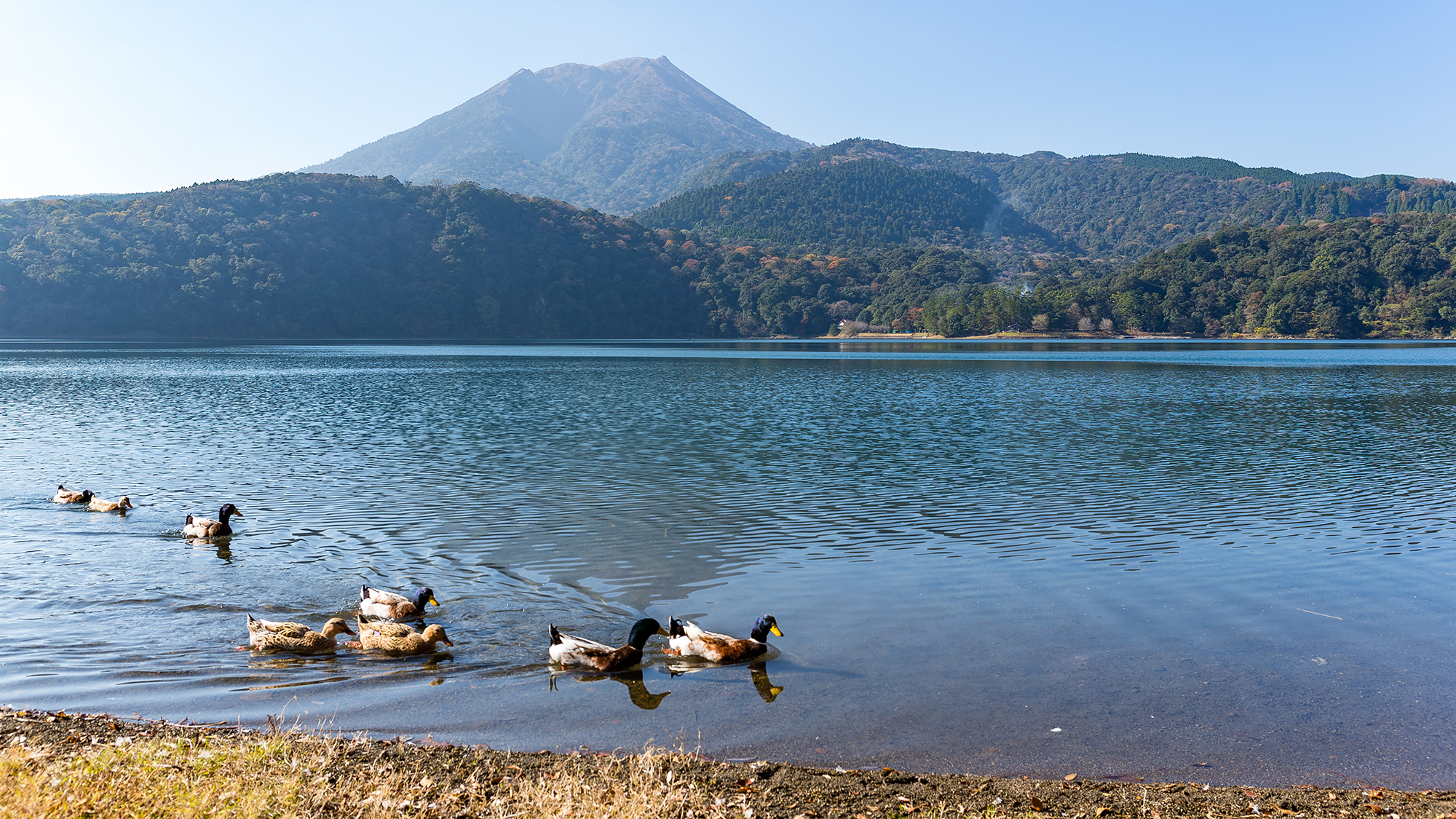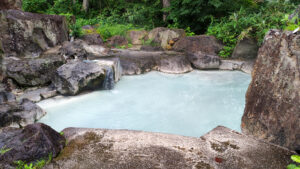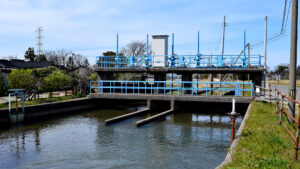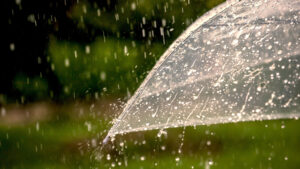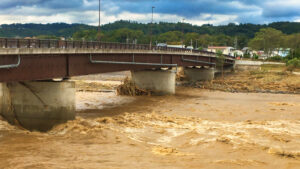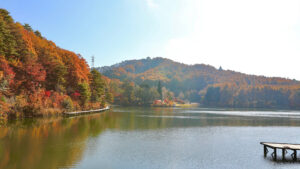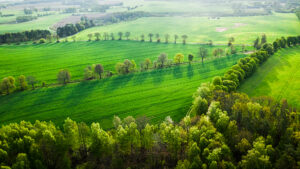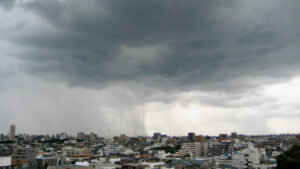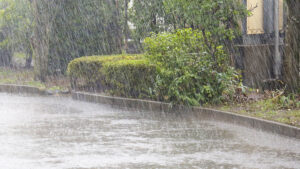Michiaki Sugita
Received 28 August, 2024
Accepted 31 January, 2025
Published online 3 May, 2025
Michiaki Sugita1)
1) Institute of Life and Environmental Sciences, University of Tsukuba, Japan
The Advanced Himawari Imager (AHI) accurately measures the surface temperatures of a large lake, except during cloudy conditions, which cause data gaps and often prevent the detection of their daily cycle. Random forest regression (RFR), a machine learning tool, was employed and tested for various possible predictors to gap-fill the AHI-derived lake surface temperatures (LSTs). The results show that the near-surface lake water temperature (LWT) was the best predictor of LSTs when auxiliary meteorological data such as downward long-wave radiation and wind speed (WS) were used together. The gap-fill operation produced reasonable LSTs with the root mean square error of the LST estimates of 0.1–0.2°C against measured LSTs.
Copyright (c) 2025 The Author(s) CC-BY 4.0


